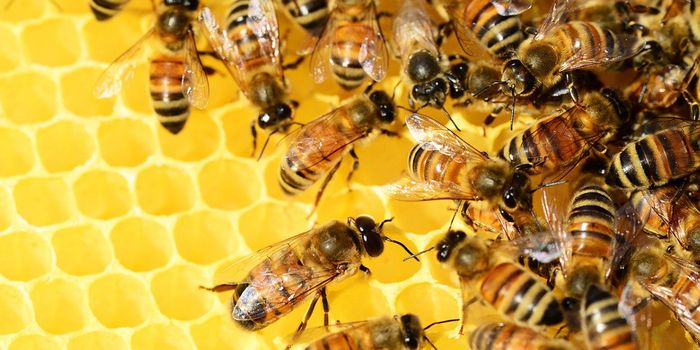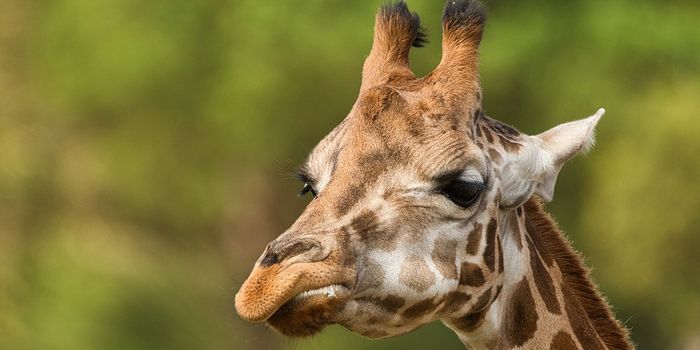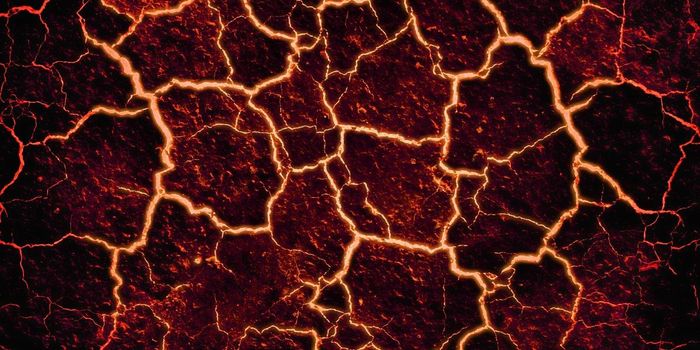That's how the ball bounces, right? Sports that involve a bouncing ball, such a football, soccer, and basketball, owe a great deal to the development of rubber as a material. Footballs (regardless of their inflation rate or any other controversy) are not made from pigskin. They are made with the sap of a tree, most commonly the "Hevia Brasiliensis." The sap from this tree contains a polymer called polyisoprene. The sap is fibrous and very stretchy. It can be processed into rubber and used to make balls for a variety of sports. It can also be dried into sheets of latex, which are used for surgical gloves.
The sap is limited, however, since if it gets cold, it solidifies and cannot be manipulated easily. Enter Charles Goodyear, who, in 1839, added sulfur to the sap. This causes a chemical change to occur and allowed the strings of polyisoprene to bind together and be more temperature resistant. A material that was both durable and flexible was key to creating tires, engine belts, and even toys. Since those early days, synthetic versions of rubber have been developed for use in floor varnish, cooking utensils, and protective clothing. One synthetic version, Thiokol, has even been used in rocket fuel. But most people are familiar with the rubber used in sports. Originally made from animal bladders, they are now mostly synthetic rubber encased in leather or other materials. How a ball bounces varies based on its composition. Tennis balls have air, so they go a bit flat when they hit the ground, and that energy transfer affects how it moves in the game. Super Balls, on the other hand, are solid rubber and have a higher energy transfer.








